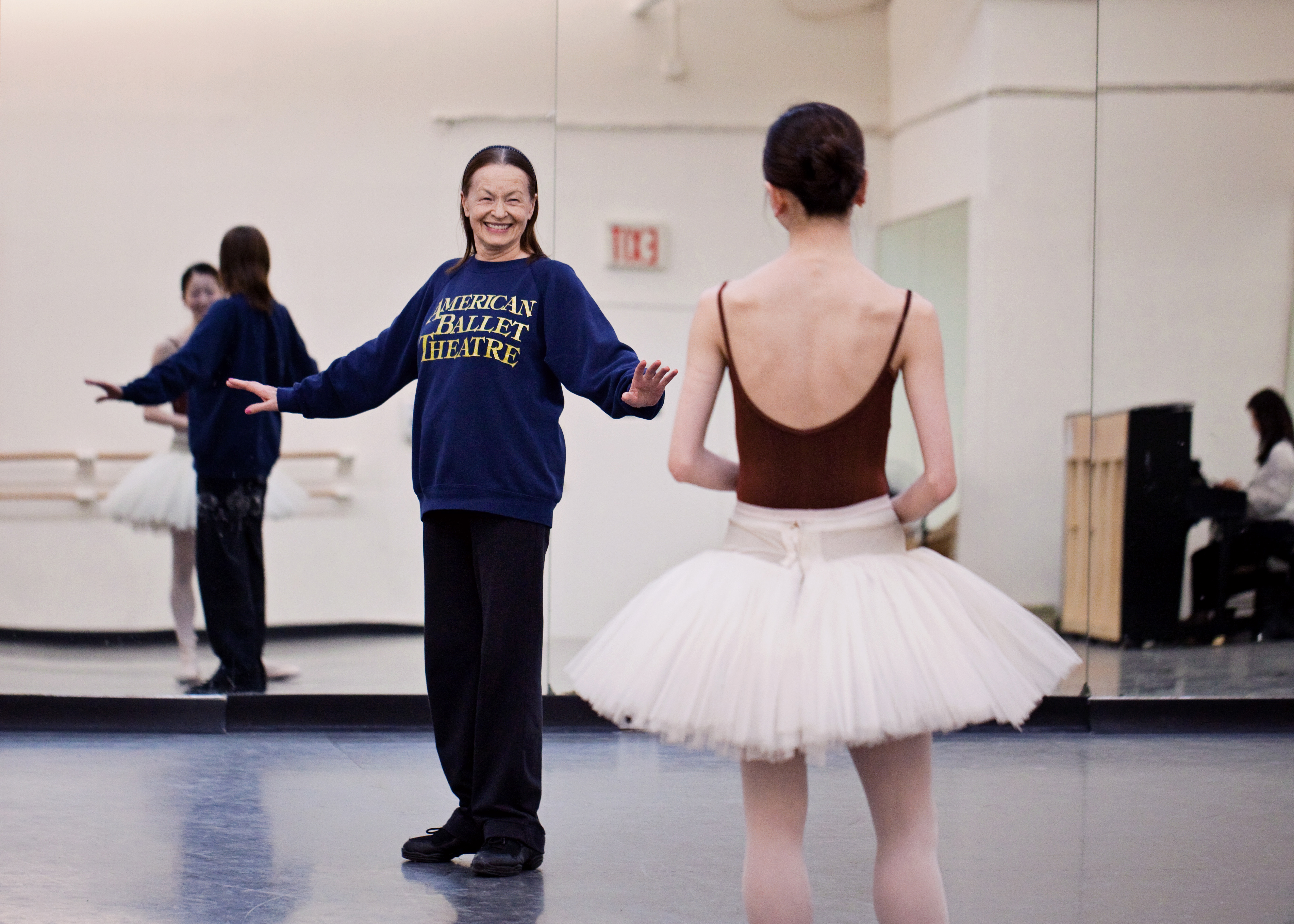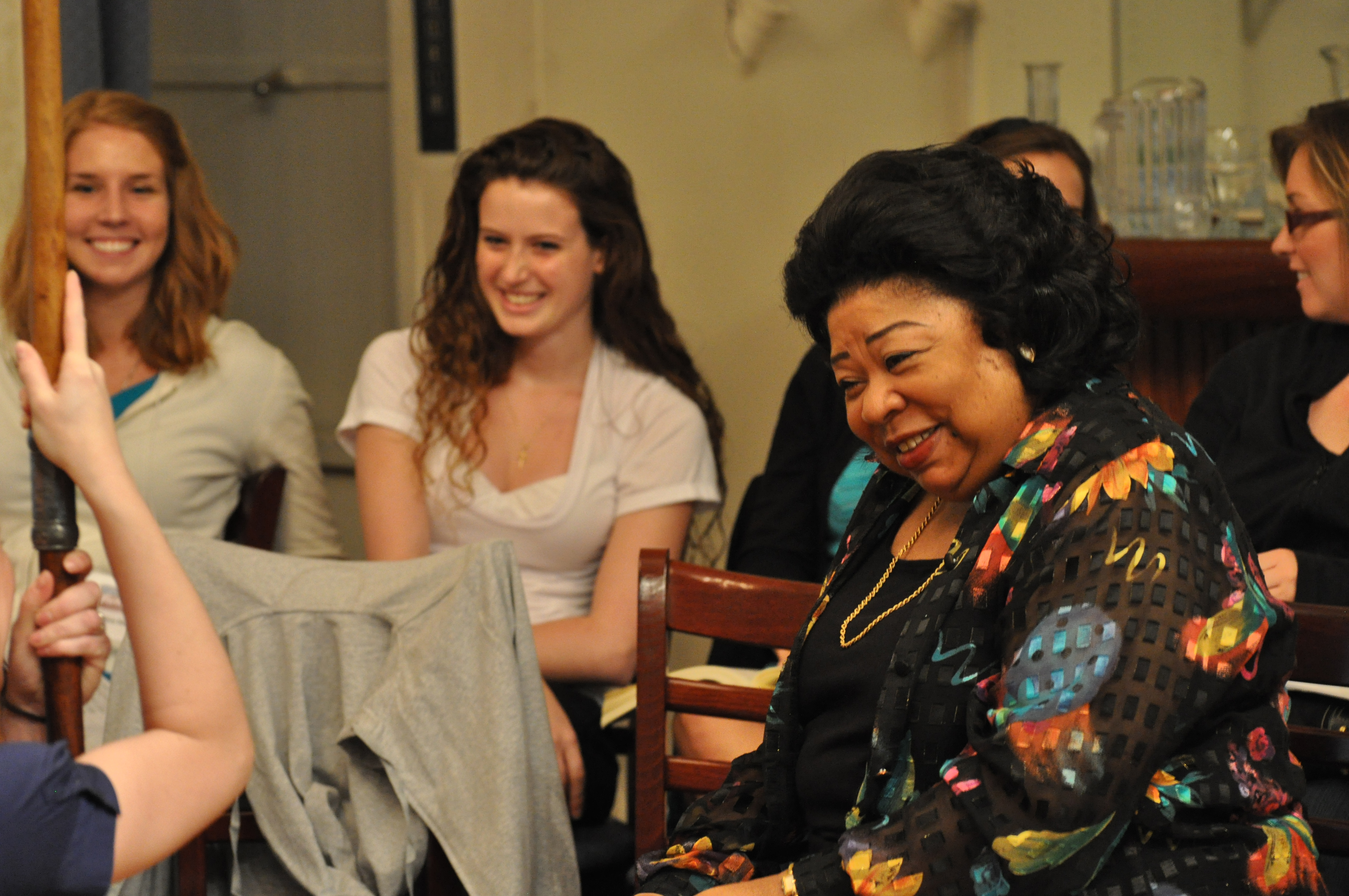Creativity Behind the Scenes: Preserving the Culture of Artistry
Posted: 08/15/2013 11:27 am
A tremendous contribution to the art of ballet that is seldom recognized are the tireless artistic staff and coaches behind any given production. American Ballet Theatre is blessed with Irina Kolpakova, a former Kirov (Mariinsky) Ballerina known for her crystalline technique and unparalleled dramatic artistry. Since her retirement, she has devoted her non-performing career to the passing of this great dance legacy to the young dancers of today, offering up the experience ingrained in her very muscles achieved over years of repetition and discipline. Yet despite Ms. Kolpakova and full dedication of the artistic staff at the company, many of the magic details that make a great performance were notably absent in this last season's production of The Sleeping Beauty. While the standards of technique of the dancers remain high, what was lacking was the tie in between the steps, the music, and the theatricality -- the true beauty of a classical dance narrative.
At first, it may seem like the easy choice to blame poor organization, lazy dancers (if there is indeed such a thing at a professional level), or inexperienced coaches. As someone who is constantly fighting for more rehearsal weeks and resources for my dancers, I know firsthand that the culprit to a cutback in rehearsal weeks is a lack of funding. Productions are increasingly forced to be rushed onstage without adequate rehearsals, and reoccurring repertory is allocated even less time to be re-staged. This is not healthy for our dance companies and there's a disservice to our dance artists, who are more than able to give us inspired performances every night of their seasons.

While not the most glamorous comparison, Ms. Kolpakova, like the bacteria to sourdough bread, is what gives the final artistic product at American Ballet Theatre its unique and rich flavor; she is the culture and brings the knowledge of every previous generation with her. We therefore need to invest in our cultural resources like American Ballet Theatre and make sure Ms. Kolpakova, Artistic Director Kevin McKenzie, and the rest of the artistic staff is supported to maintain the highest level of dance theater. Because in this challenging funding environment, there is no room at the table for Wonderbread.
The dance community is still patiently waiting for funds to trickle down to the performing arts in the wake of the most catastrophic economic collapse in our country's modern era. An unfortunate casualty is that we risk cutting the artistic thread that is a crucial part of our history, leaving today's dancers grasping for a lost understanding of the repertory that they now learn from a video: the dancer reproduces instead of reinterprets.
Where do young dancers of today gain the confidence to tackle the great repertory? Where are the resources that help dancers explore and deepen their connection with the music, choreography, versatility and theatricality that are required by the repertory in today's companies? A program exists in opera, and has been providing this type of mentoring opportunity since 2005. Perhaps a lesson can be learned from across the plaza? With the loss this week of David Howard, a legendary ballet teacher and coach, the timeliness of this issue could not be more pressing.
I recently attended two performances with the Martina Arroyo Foundation's Prelude to Performance Series at the Danny Kaye Playhouse at Hunter College. Both Offenbach's Tales of Hoffman" and Donizetti's "L'Elisir d'Amor" were simply but effectively produced -- but beautifully and engagingly staged. These young singers looked the part and acted with rare conviction from emerging artists. It's immediately clear that the success of the format and accessibility of the program was due entirely to the outstanding mentoring opportunities found within the program. One forgets (and completely forgives) the comparisons possible to larger productions like those at the Metropolitan Opera, mounted with huge budgets and experiences international stars -- because of the truth in the performances of these exceptionally trained young singers.
Ms. Arroyo was a racial pioneer in the field of opera, and was a leading soprano with the Metropolitan Opera for a generation, appearing at the Paris Opera, London's Covent Garden, Milan's La Scala, the Vienna State Opera and the Buenos Aires Teatro Colón among many other major venues. Born in Harlem, Ms. Arroyo has since "dedicated her experience and expertise to the young emerging opera singers who aspire to follow in her footsteps." Under her foundation, Ms. Arroyo was able to create her Prelude to Performance program in 2005, crafted to address the skills that opera singers need to know to have a successful career.

The Prelude to Performance program is six weeks of classes, music coachings, stagings and masterclasses which result in the performance of fully staged operas with orchestra in original language. Sessions include Role Class (character development, historical perspective, understanding of text) taught by Ms. Arroyo, Libretto Class (which treats the libretto of the operas like a play, and, depending on the language, includes sessions with foreign language professors), stage craft, movement and combat, sessions with costume designers and makeup artists, as well as Master Classes with leading singers from the Met (live streamed for accessibility on the web for the first time this year.) The program for students 20-35, has been tuition-free since 2011, with a goal of providing stipends for singers in the near future. As a result of deciding to make acceptance into the program based on the voice alone as opposed to financial means, the quality and ethnic diversity of the students shot through the roof. (Funders interested in breaking barriers: Pay attention to this model!) This is partly funded by their annual Gala (their tenth anniversary event will be on November 4).
The culmination of this program is what I saw over a weekend, two exceptional productions which featured the most committed and polished young talent rising to the challenge of timeless repertory with confidence and sincerity. This is not only the future of opera, but a strong way to build younger audiences; the second night I brought a few friends -- all under 40 -- who said that it was a wonderful (non-intimidating) opera experience, with tickets in their price range. They said it felt fresh -- like bread out of the oven.